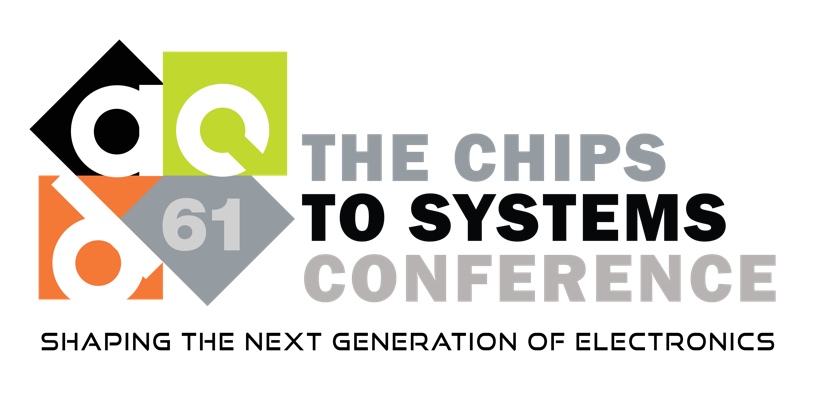Presentation
Cross-Layer Exploration and Chip Demonstration of In-Sensor Computing for Large-Area Applications with Differential-Frame ROM-Based Compute-In-Memory
DescriptionIn-sensor computing has emerged as a promising approach to mitigating huge data transmission costs between sensors and processing units. Recently, the emerging application scenarios have raised more demands of sensory technology for large-area and flexible integration. However, with thin-film technologies that are capable of providing flexible and large-area integration support, the implementation of in-sensor computing can be strongly restricted due to the low device performance, large-area integration variation, and costly interface between sensors and CMOS processors. To address this challenge, we propose an in-sensor computing architecture to facilitate high-parallelism NN pre-processing and effective data compression. The boundaries of computing parallelism are expanded by adopting compact ROM-based compute-in-memory scheme next to sensing array. Differential-frame computing provides not only excellent robustness, but also high data sparsity. A bio-inspired data compression method with residual recovery caches and zero-skip circuits further enhances output sparsity without accumulated error. Based on the proposed cross-layer design optimization, an LTPS TFT-based ROM CiM chip has been fabricated and experimentally measured. The system-level evaluation demonstrates 3.85× speedup and 5.10× energy efficiency improvement compared with traditional architecture with separated sensors and processors, outperforming existing in-sensor computing works in large-area thin-film technology scenarios.
Event Type
Research Manuscript
TimeWednesday, June 264:21pm - 4:38pm PDT
Location3004, 3rd Floor
Design
In-memory and Near-memory Computing Architectures, Applications and Systems


